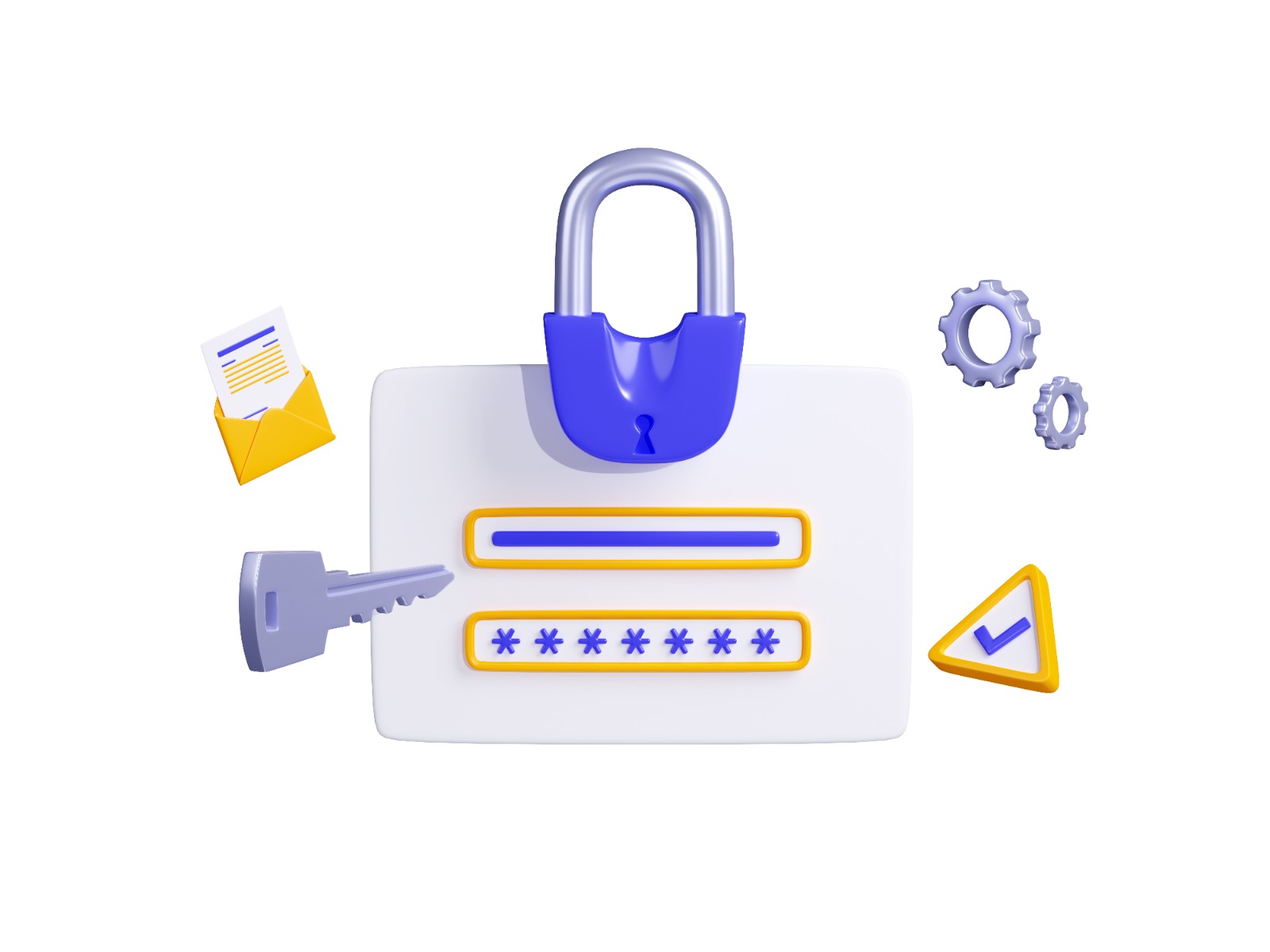MFA and Risk-Based-Authentication
Date Created: 25 Nov 2023Share:
The digital landscape demands heightened security measures to safeguard online accounts and sensitive data.

Multi-Factor Authentication (MFA) and Risk-Based Authentication
The
digital landscape demands heightened security measures to safeguard online
accounts and sensitive data. Multi-factor authentication (MFA) and Risk-Based
Authentication have emerged as crucial strategies in combating evolving cyber
threats. MFA adds layers of security by necessitating multiple forms of
verification, while Risk-Based Authentication evaluates potential risks before
granting access. This comprehensive blog aims to delve into the importance of
MFA and Risk-Based Authentication, their contributions to bolstering security,
and highlight Cripsas MFA service, particularly its Authenticator-based
Time-Based One-Time Password (TOTP) solution, alongside traditional login
methods.
Multi-Factor Authentication (MFA) Explained
MFA
is a security enhancement method that requires users to present two or more
forms of verification before accessing an account or system. These factors
typically fall into three categories:
Something You Know: Like a password or PIN.
Something You Have: Such as a mobile device or token.
Something You Are: Biometric data like fingerprint or facial recognition.
By combining different authentication factors, MFA significantly bolsters security, reducing the risk of unauthorized access, phishing attacks, and data breaches.
Role of MFA in Cybersecurity Measures:
Heightened Defense: MFA bolsters security measures by requiring additional
verification steps, reducing the risk of unauthorized access, even with
compromised passwords.
Combating Phishing and Credential Theft: MFA complicates efforts by
malicious actors aiming to pilfer login credentials through phishing attacks or
brute-force techniques.
Compliance with Regulations: MFA adoption ensures alignment with stringent security standards mandated by industry regulations concerning sensitive data handling.
Understanding Risk-Based Authentication
Risk-based authentication is a dynamic security approach that evaluates various factors before granting access, such as user behaviour, location, device information, and login patterns. It assesses the risk level associated with each login attempt and adapts the authentication requirements accordingly. This method provides a more contextual and adaptive security framework, ensuring a balance between security and user convenience.
Cripsas
MFA Service: Authenticator-based TOTP
Cripsa stands out as a provider offering advanced MFA solutions. Among its offerings is the Authenticator-based Time-Based One-Time Password (TOTP), which complements traditional login methods. TOTP generates temporary passcodes that users enter alongside their passwords, adding an extra layer of security. By using authentication apps like Google Authenticator or Authy, users can generate time-sensitive codes, enhancing account security.
Key features of Cripsas MFA service include:
Enhanced Security Measures: Cripsas Authenticator-based TOTP ensures robust
security by requiring a secondary authentication factor, minimizing the risk of
unauthorized access.
User-Friendly Experience: While adding an extra layer of security, the TOTP
method remains user-friendly, as it can be easily integrated into
authentication apps on users mobile devices.
Complementary to Traditional Login: Cripsas MFA service supplements
traditional login methods, offering users an additional security layer without
overcomplicating the authentication process.
Customization and Adaptability: Cripsas MFA solutions can be tailored to fit diverse business requirements, ensuring seamless integration and adherence to specific security protocols.
Advantages of MFA and Risk-Based Authentication
Increased Security Posture: MFA significantly reduces the risk of unauthorized
access and identity theft by requiring multiple layers of verification.
Adaptive Security Measures: Risk-Based Authentication adapts security
requirements based on contextual factors, balancing security and user
experience.
Compliance with Regulations: Implementing MFA aligns businesses with regulatory
standards and industry best practices, ensuring data protection and user
privacy.
In
conclusion, MFA and Risk-Based Authentication play pivotal roles in
safeguarding digital assets. Cripsas MFA service, particularly its
Authenticator-based TOTP, reinforces security measures, offering users an
additional layer of protection without compromising user experience. By
embracing these advanced authentication methods, businesses can effectively
mitigate security threats and protect sensitive information in an increasingly
digital landscape.

